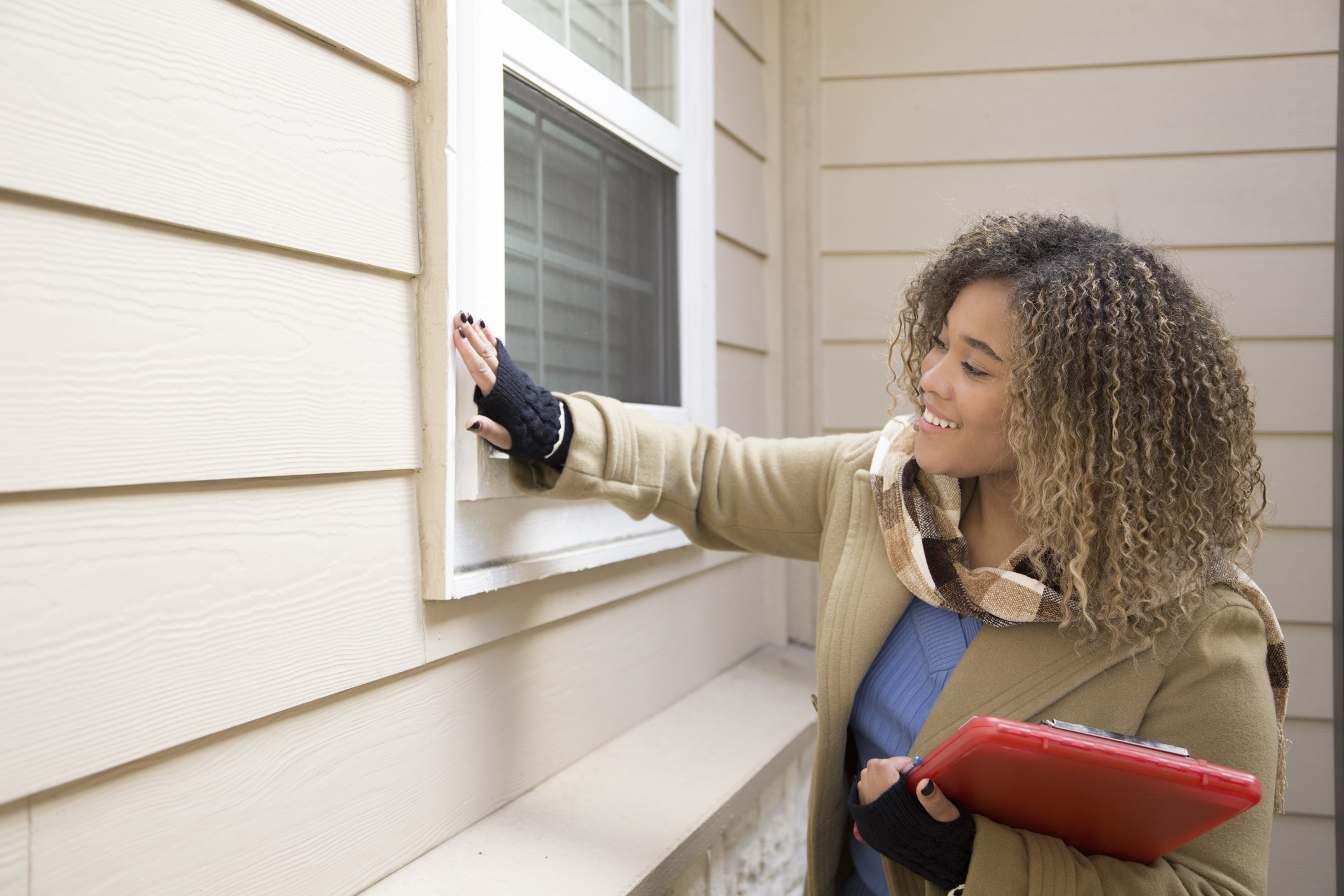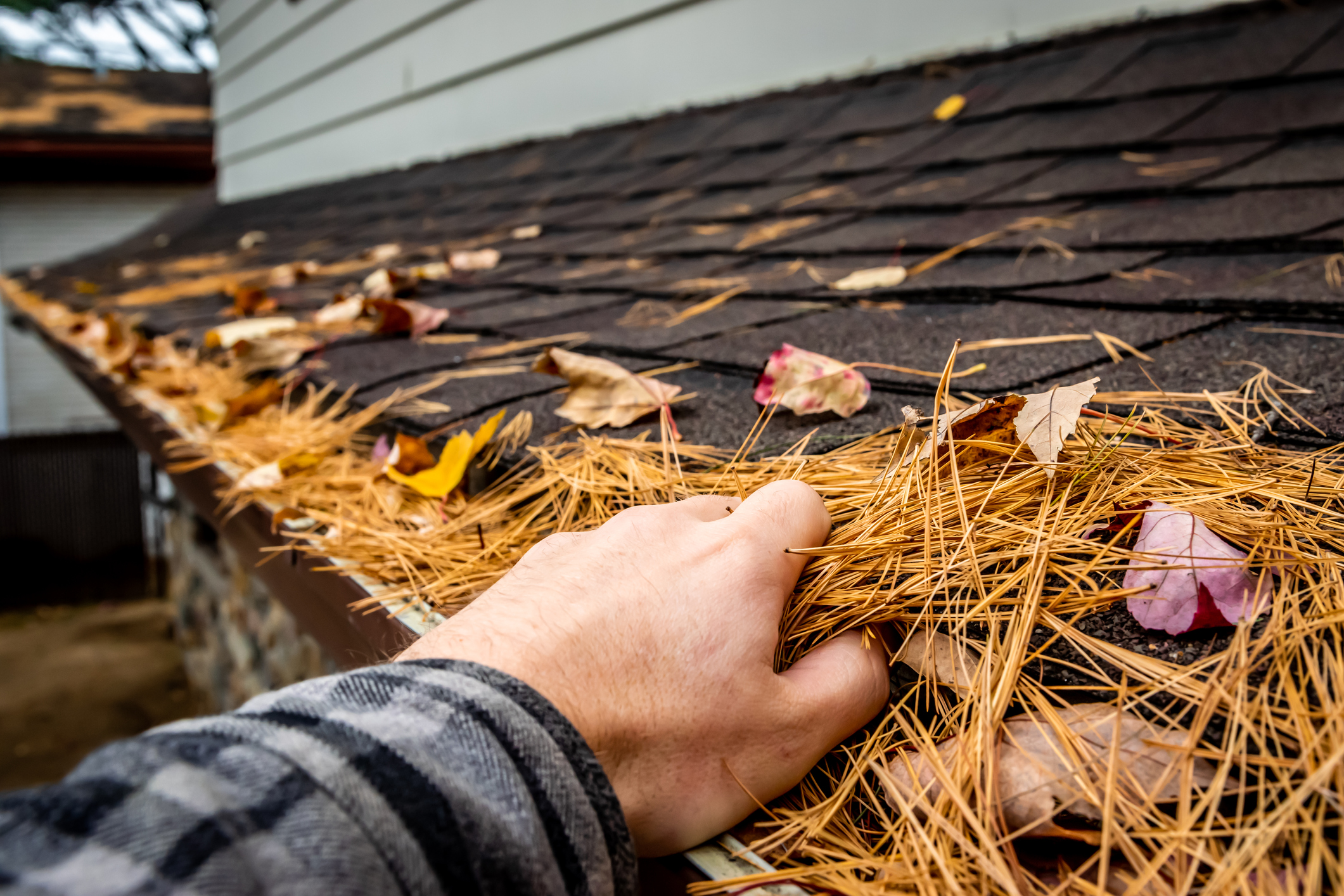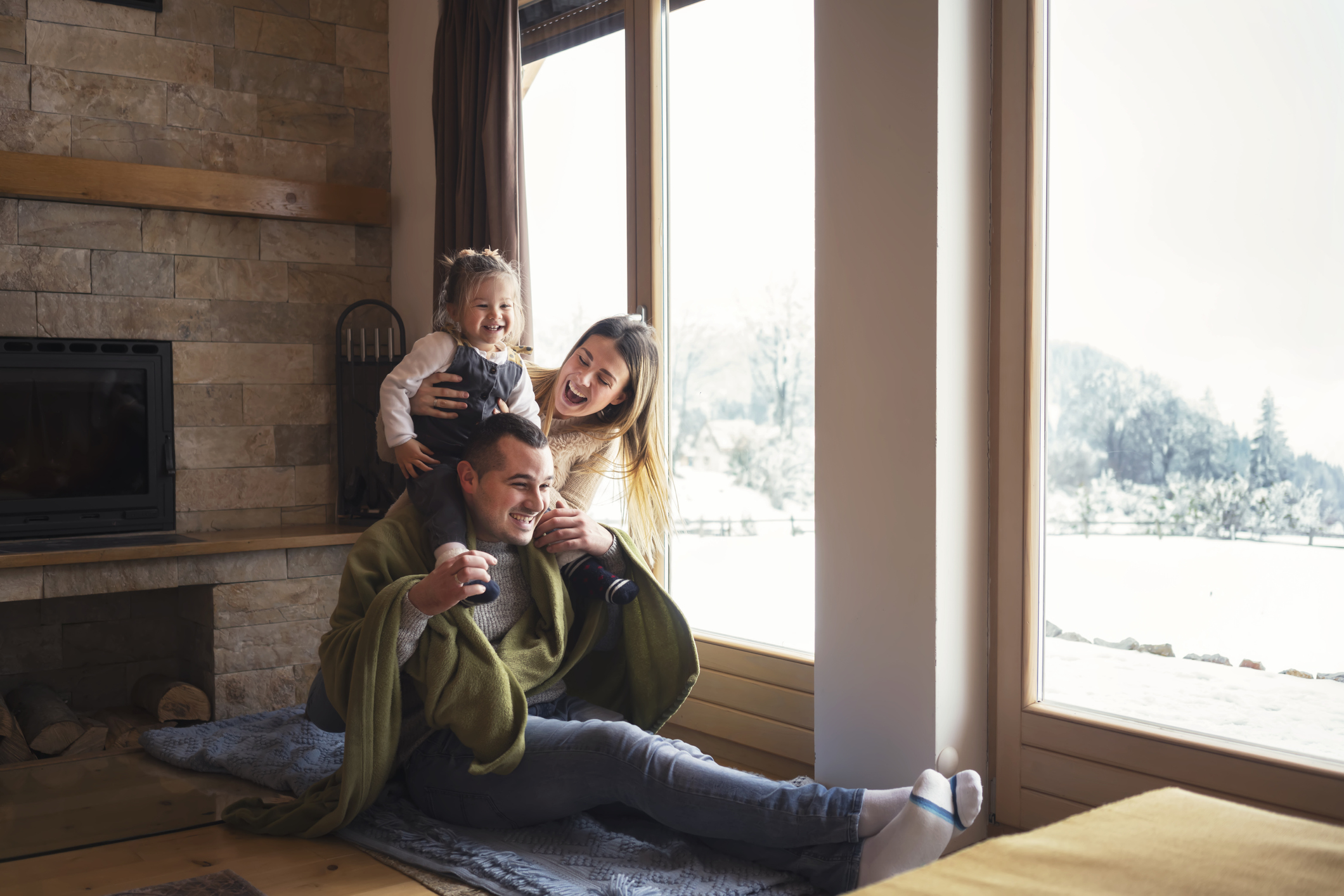How to Winterize Your Home to Avoid Costs in the Spring
Proper home winterization can save you hundreds or even thousands of dollars. It is important maintenance to help protect your home from the natural impact that the winter weather and moisture can bring. It is essential to understand what you need to winterize correctly to protect your home from damage and keep the value as high as possible. This article discusses some of the most important things you can do to winterize your home yearly.
What it Means to Winterize Your Home
Winterizing your home is taking action to protect it from moisture, freezing, and other effects that winter can bring. When you don’t take care of your home during winter, you could see flooding, frozen pipes, or damaged gutters. These things can cost you money or even damage your home’s value. You can think about winterization as proper grooming standards for your home so that it retains its perceived value.
Winterization saves you money from fixing things that break, and much of that damage will be seen in springtime when everything warms up. Winterization can also save you money during the winter itself by lowering your overall bill to heat your home when it is cold outside. If you end up getting frozen pipes or flooding in your home, you could be spending thousands of dollars on fixing a mistake that could have been avoided.
How to Winterize Your Home
You can do several things to winterize your home better and protect it from the moisture and cold of the winter months. Here are some of the most important steps to take to avoid potential damage to your home:
-
Prevent Pipes From Bursting
One of the most important things to do is protect your pipes that run water outside your home. These pipes can get water stuck in them during the winter when you’re not using outdoor water, and the water can freeze. This can cause the pipes to burst, which will cost you additional money to fix the pipes and lead to severe flooding in your home. You will need to shut off the water and winterize the outside by draining excess water.
-
Service Your Furnace
Make sure you change the filter on your furnace and get it serviced before using the heat for the year. This can keep it operating like a well-oiled machine, so it heats properly and doesn’t over-exert itself. This will keep you warm during the season and prevent the furnace from breaking down on you when it hurts the most.
-
Insulate Your Home
You can better insulate your home to lower overall heating bills during winter. The better the insulation, the more likely you will keep the heat your furnace creates inside your home. If the warm air is leaking outside of the house, it becomes more challenging to stay warm, can cause the furnace to work too hard, and can cost you a lot of money running the heat all the time. You can insulate yourself or have a professional come in and give you a recommendation.
-
Check Windows and Doors
One place where the heat escapes the home frequently that can’t be fixed with insulation is through cracks in the doors and windows. Fixing alignment issues in the doors and windows can help seal the gaps and keep the warm air in your home. This can also keep insects out of your home if you have a bug problem. Another part of winterizing your doors can be adding a storm door or adding weather strips to help protect the house from the outside.
-
Clean Out the Chimney
You’ll benefit from regularly checking and cleaning out any build-up if your home has a chimney. You want to avoid building fires in a clogged chimney, as the smoke can backfire into your home and cause harm to your family or potentially cost you additional money to fix smoke damage.
-
Clean Out Your Gutters
You want to clean out the leaves and debris from your gutters from the fall before you get to spring. This can cause clogged gutters that freeze and could end up breaking. Not having gutters that are functioning properly can cause damage to your home. This process can be done on your own if you’re able.
-
Check the Roof
Before winter comes, you’ll want to make sure that your roof is free from any potential leaks or cracks that could be made worse with harsh weather conditions. This is especially important if you live in a part of the country where it snows frequently. That heavy snow can sit on your roof and cause more damage that could lead to flooding in your home. Roof repairs from serious damage can be very costly, so proper maintenance can save you a lot of money.
When Is the Best Time to Winterize Your Home?
The best time to winterize your home is during the end of the fall season, before the first snow of winter. You want to take proper care of your home before hitting the winter months, just like you want to go through life taking good care of yourself. Completing an adequate winterization by the end of October every year is ideal. Still, there is always time to start winterizing and maximizing your opportunities to protect your largest asset at any time – it’s never too late
Bottom Line
Winterizing your home is essential and should be thought of as yearly maintenance that must be done. Not doing so can lead to damage to your home, lowering its value or costing you a lot of money to repair. Proper winterization also helps you enjoy your home in the winter months more by staying warm and not having to worry about things breaking down that could lead to issues such as not having heat when you need it most!







